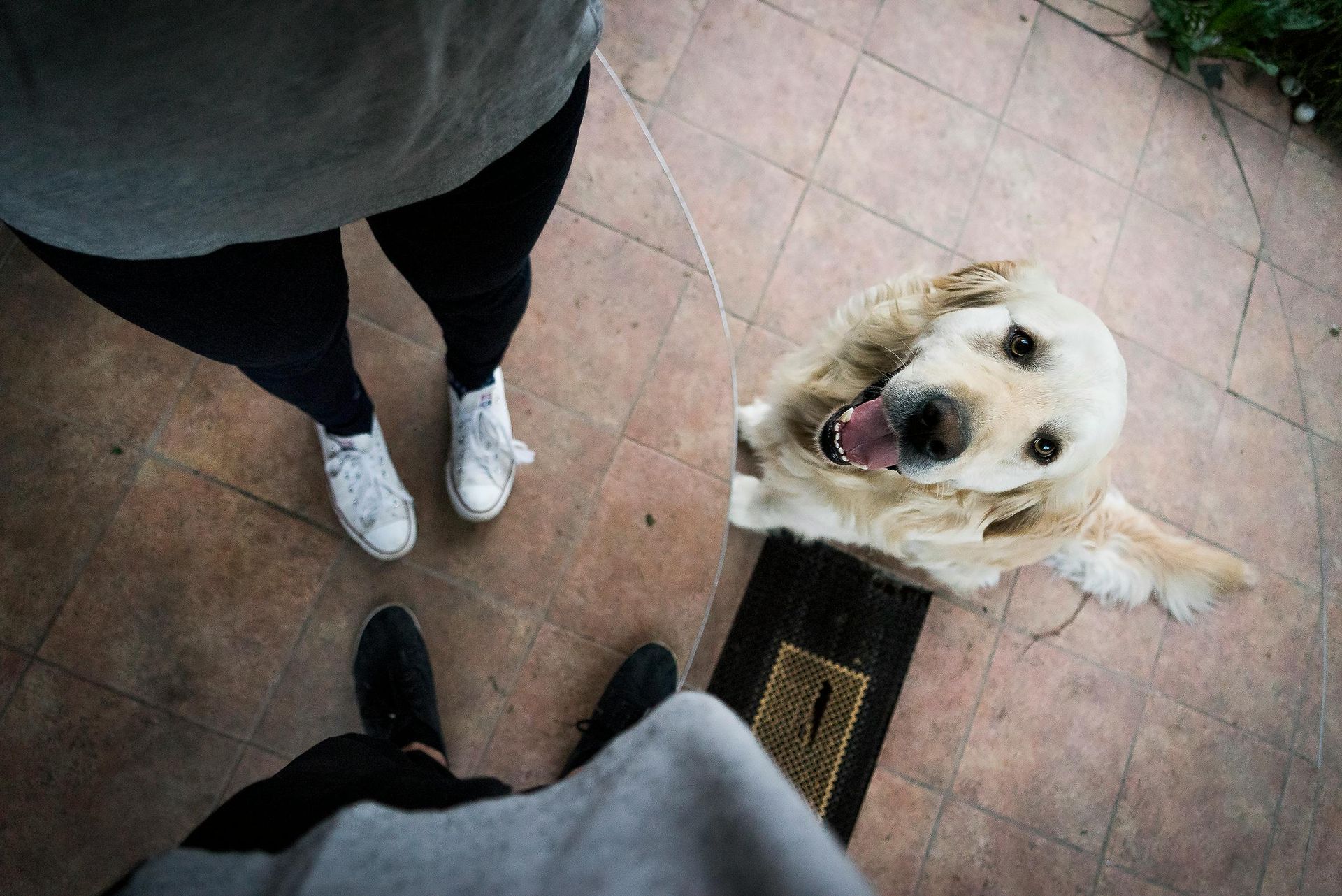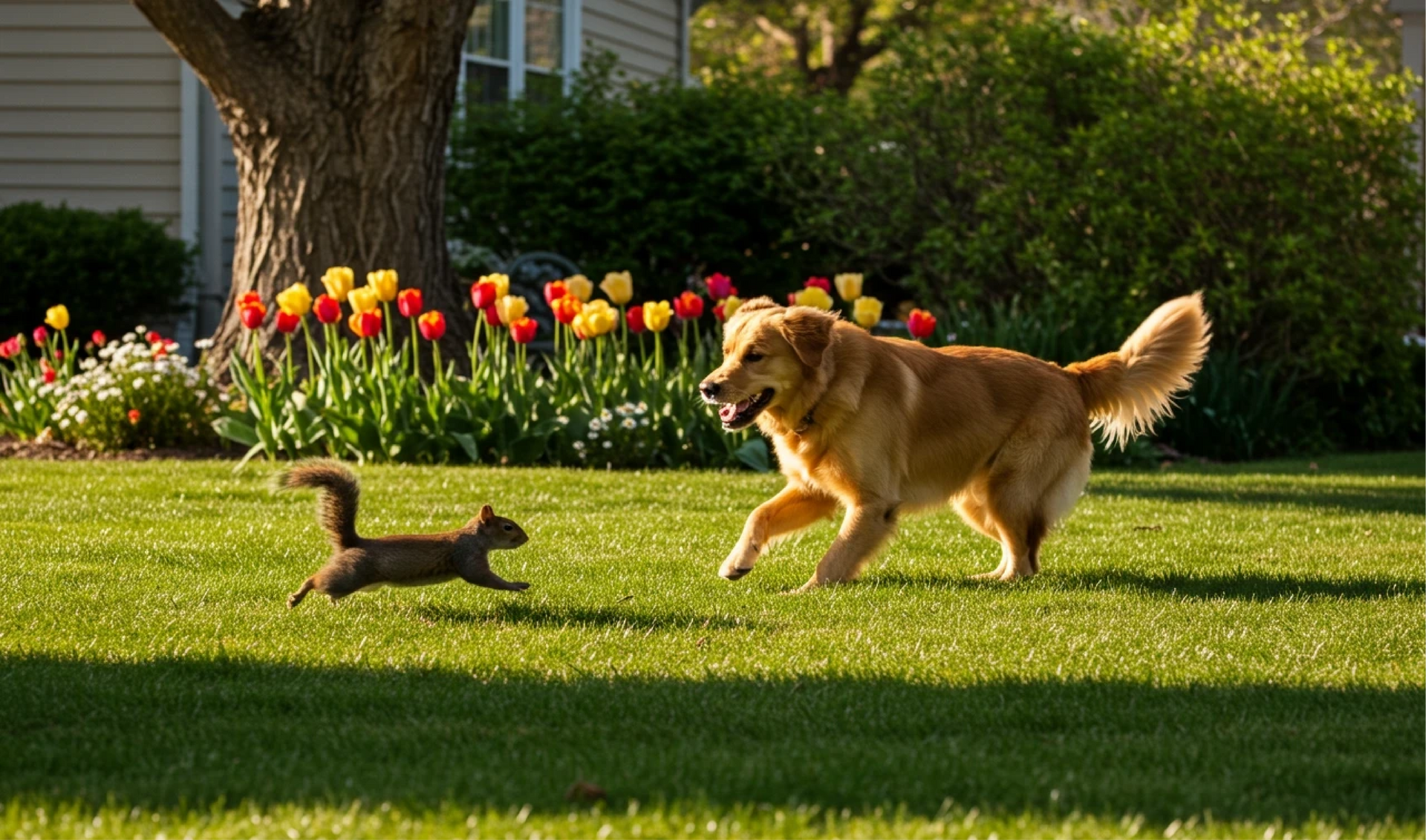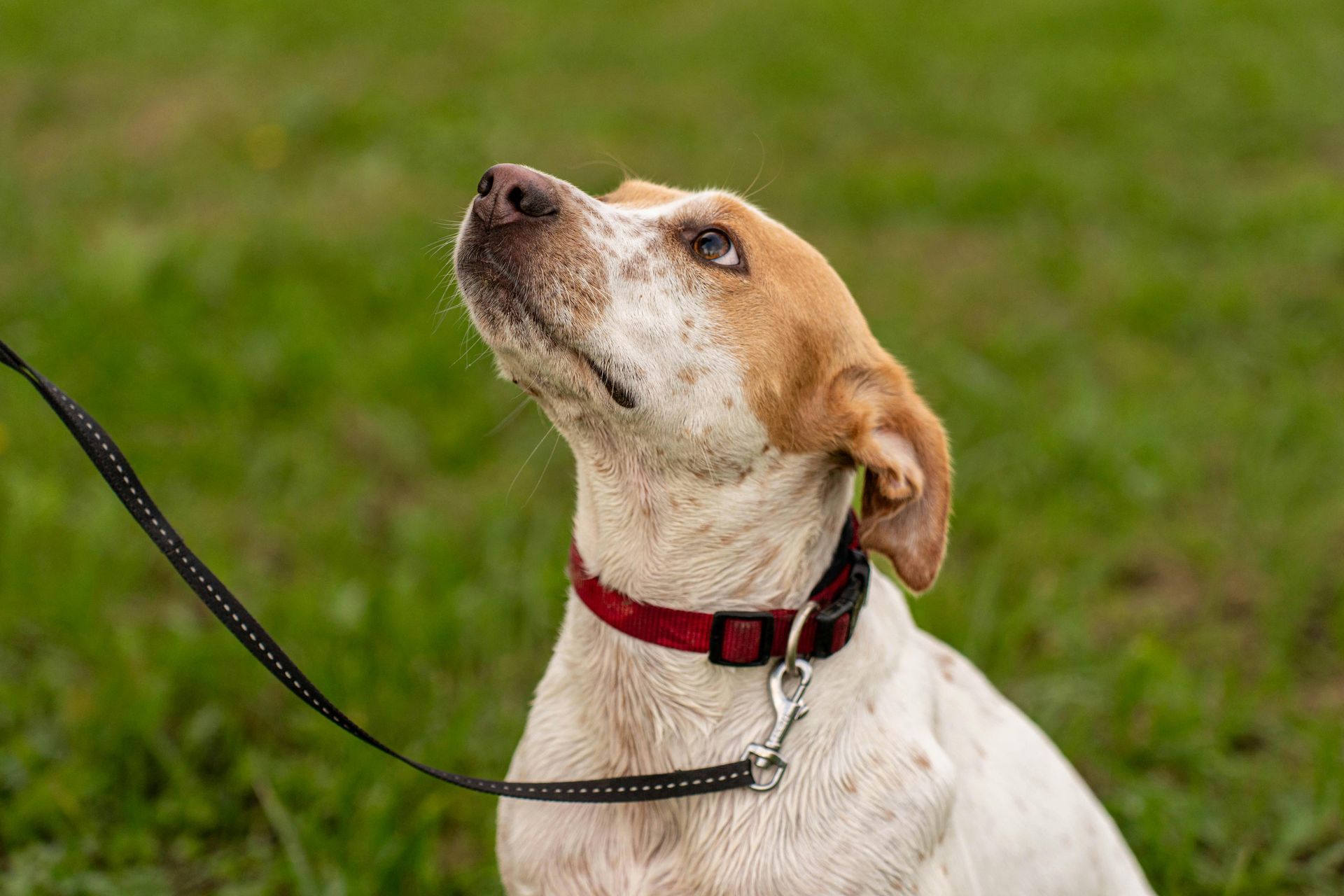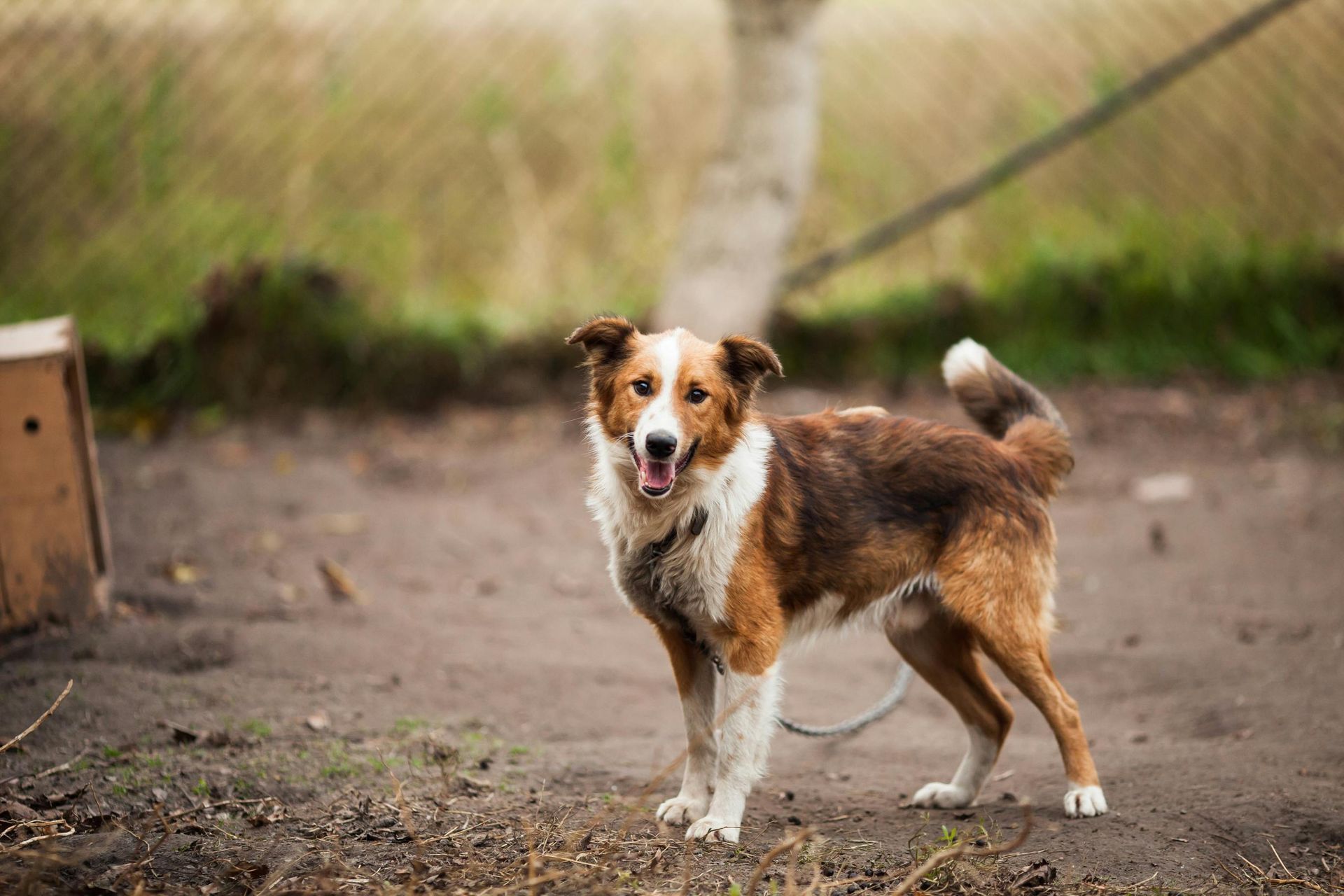How Body Language Can Make or Break Your Dog Training
Learn to “speak dog” and train more effectively
At Best By Farr Dog Training, we believe that great communication is the foundation of great behavior. But communication goes both ways—and dogs speak primarily through body language. Learning how to read your dog’s nonverbal signals can help you train more effectively, reduce frustration, and build a deeper level of trust.
Why Body Language Matters
Dogs are incredibly observant and responsive to movement, posture, tone, and energy. They constantly watch how we carry ourselves and respond accordingly. If your dog seems confused, distracted, or reactive during training, they may be picking up mixed signals from your body language—even when your words say something else.
Key Signals to Watch For:
- Tail position and movement: A high, stiff tail can signal alertness or agitation, while a low, wagging tail typically means relaxation.
- Ears and eyes: Forward ears and focused eyes often mean attention; pinned ears and averted gaze suggest fear or discomfort.
- Body posture: Leaning forward may feel intimidating to a timid dog, while squatting or turning sideways can appear more inviting.
- Tension: Dogs can sense tension in your shoulders, hands, or tone of voice—even if you’re not aware of it.
Aligning Your Message
Training is more effective when your verbal commands and physical cues are in sync. Calm, confident movements and a relaxed presence help your dog stay focused and engaged. At Best By Farr, we teach owners how to fine-tune their body language, so it reinforces—not contradicts—the message they’re sending.
Understanding canine body language helps you become a better trainer and a more empathetic partner to your dog. When you learn to “speak dog,” everything about your relationship—training included—gets easier.


